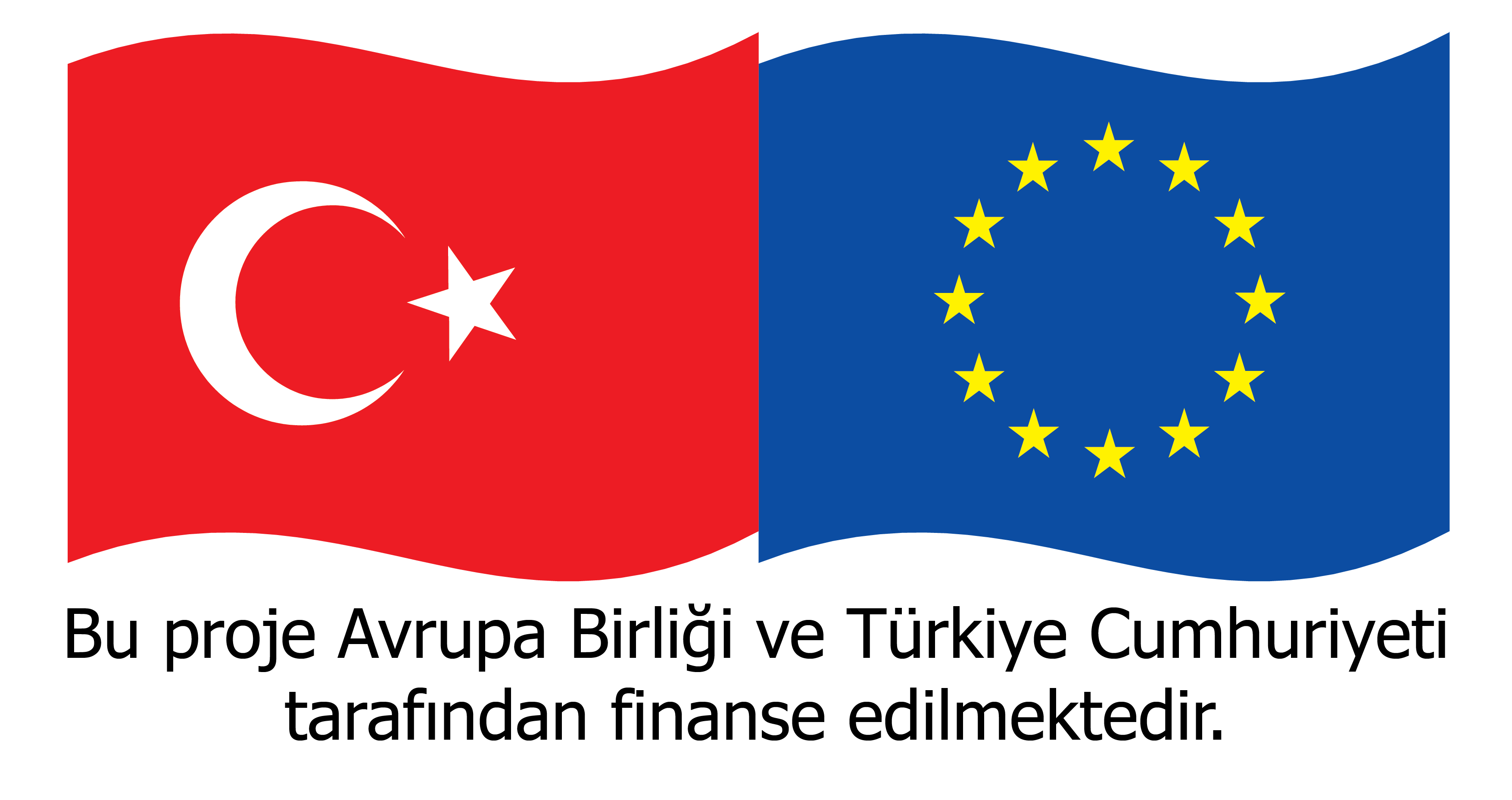
Impact Analysis of Conditional Education Assistance in Turkey

Müdahale 1.1.3 kapsamında 23. eğitim 11-12-13 Eylül tarihleri arasında Trabzon’da verildi
24/11/2023YÖNETİCİ ÖZETİ
25/03/2024Purpose and Focus of Impact Analysis:
This analysis aims to establish a link between the assistance provided under the Conditional Education Assistance (CCTE) Program at the high school level in Turkiye and the two direct grants provided in the 2019-2020 Academic Year at the high school level to increase students’ enrollment and school attendance rates and transition between school levels, human capital accumulation and poverty reduction. The analysis focuses on the relationship between CCTE and these factors and defines them as follows:
School enrollment: Enrolling a child as a student in school records or to be included in the records, and refers to the total number of students in school enrollment at a given time.
School attendance: The actual presence of a child at school over a specified period of time, including the school day, school term and school year.
Transition between degrees: Refers to the highest level of education that a child successfully completes.
Human capital: The knowledge, skills and health that people invest in and accumulate throughout their lives, enabling them to realize their potential as productive members of society participating in the labor market.
Poverty: The share of people whose disposable income (after social transfers) is below the poverty risk threshold according to the poverty line determined by taking into account 50% of the equivalent household disposable individual median income.
For Full Document Please Contact with Ministry of Family and Social Services
Scope of Impact Analysis:
The scope of the impact analysis is to identify and understand the relationship between CCTE at the high school level in Turkey and the direct grants provided in the 2019-2020 Academic Year with school enrollment, school attendance, transition between levels, achievements of children/students in high school, and stability/stability of families to keep their children in school. The analysis also assesses the relationship between CCTE and direct grants with the human capital accumulation and poverty reduction propensity of these families. Therefore, the evaluation aims to identify the impact of CCTE and direct grants on human capital and poverty reduction.
To establish the relationship between CCTE and direct grants with school enrollment, attendance and school success, enrollment rates, drop-out rates, total hours spent in school, highest level of education, etc. are accepted as indicators for evaluation. Reasons for school enrollment and dropout, the time children spend at school outside of class hours, the duration of their use of the CCTE, the impact of the CCTE on transitions between levels, etc. were included in the scope of the research.
It is assumed that CCTE and direct grants have an impact on families’ commitment to keep their children in school. The reasons for families’ determination to enroll or keep their children in school are also examined in this study.
Students’/children’s academic achievements, skills, participation in social activities, the way they spend their free time, etc. show the level of their human capital accumulation. The evaluation also analyzes whether the CCTE and direct grants have any relationship with these indicators by providing households with an income, making it possible for children to accumulate some measure of human capital.
An increase in human capital is expected to have a positive impact on poverty reduction. Furthermore, the income provided by the CCTE Program has a direct impact on household welfare. Improvement in nutrition, utilization of health services, children’s education and the way the family spends their income are some of the indicators that show changes in the poverty level of household members. The scope of this assessment includes the exploration of these indicators.
Method of Impact Analysis:
The impact analysis was designed as quasi-experimental, retrospective, counterfactual and non-equivalent comparison. The research tools were selected on the basis of methodological triangulation method and accordingly, the analysis used the following tools in terms of data collection technique:
- Surveys: A total of 4,184 households were visited and surveys were administered in 12 provinces of Turkey.
- Focus group discussions: 48 focus group discussions were conducted in 12 provinces of Turkey with a total of 493 participants.
- In-depth interviews: A total of 120 in-depth interviews were conducted in 12 provinces of Turkey.
